
The battle to dominate the news space is on. Public Relation executives keep joggling around media houses for space and visibility. This battle can neither be won simply by direct advertisement nor publication of daily news stories. It can also not easily be won by how much visibility you get in the traditional media. The new trick, obviously, will go in favour of those that consciously work to engage consumers in a two-way conversation.
This is the reason why PR Executives need to change the rhythm and the entire phase of their daily outreach programmes. But why is this critical?
Consumers are getting smarter in determining what is a paid-for publicity, advertisement, and the likes. They easily skip, block or simply ignore such messages. How many times have you not changed your TV channel during commercial breaks? Several times, I guess. So, the way out is for you to directly engage the consumers in conversations that easily bring out the desired results.
With over a decade of Public Relations practice, I've heard many colleagues, both in and out of the industry, argue that once a PR executive keeps getting maximum mentions on radio, TV and in newspapers, then that Executive is seen as being on top of his game. Others claim the daily routine of struggling to pitch news with editors make the job a boring one. These positions do not entirely represent all that Public Relations entail. There's more we can do to make our presence felt and our jobs well positioned to aid the continuous growth of our brands.
The British Institute of Public Relations (BIPR) provides a solid definition of public relation practice ... "the deliberate, planned and sustained effort to establish and maintain mutual understanding between an organization and its publics". It is understandable from this definition that the practice of public relations goes way beyond how much coverage one gets in newspapers or how many mentions an organization secures on a top radio/TV station. This does not, however, mean that such mentions are not important. They are, but there's more.
So what are the other smart tools that could aid the public relation practitioner be on top of the job?
The 21st century Public Relation practitioner has a lot more tools to choose from in achieving great results while at the same time providing avenues to engage the targeted publics in conversations. He understands how to craft news for newspapers and use same for a Facebook post and also share on WhatsApp platforms.
Below are few of the smart ways that could be useful for a PR executive;
Social Listening: imagine the lots of insight you could get from a platform where most publics live and all discussions happening simultaneously. That's exactly the kind of business atmosphere that exists on social media platforms. Dozens of intelligence can be accessed through a strategic social listening strategy which seeks to track, investigate, and answer queries raised about your brand.
Social media listening is so critical such that a refusal or inability to do same simply means you are blind to what your active publics and competitors are saying about you. It also means you are not prepared to listen to them. Never neglect this space.
Google trends: What are people searching online about you. How often is the search? These help you in crafting a tailor-made content for your audience. The greatest deal for practitioners is their ability to quickly respond to issues in real time and set records straight as and when required.
Business events: Attendance at events are great opportunities to gain exposure and tell your success stories one-on-one and also receive feedback from brand watchers. Trade shows are opportunities for businesses to compete with industry players for space to share information. This should not be overlooked.
Speaking engagements: Speaking at events achieve results similar to attending events. You get the opportunity to build a solid reputation for your brand which has the likely advantage of building new relationship. You also get the opportunity to respond to issues raised by participants after your presentation or during coffee breaks. You also get the opportunity to network with industry players.
With these tools available to us today, the narratives and the channels become enormous. When you get to sit over that coffee to plan your communication activities for next year, remember that speaking engagements, business events, google trends and social media platforms do help!
The writer is a communications consultant with the Newmark Group Limited
Read Full Story




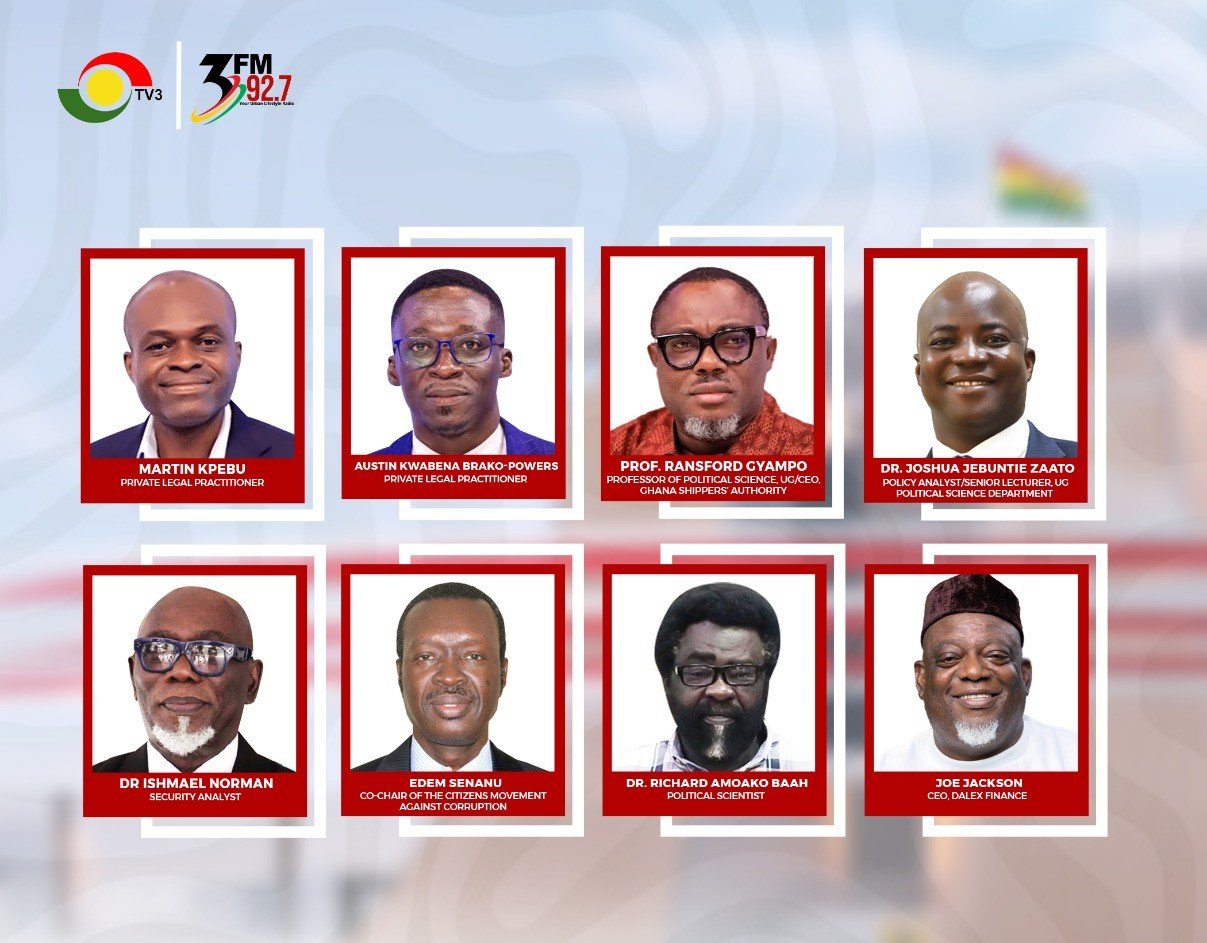
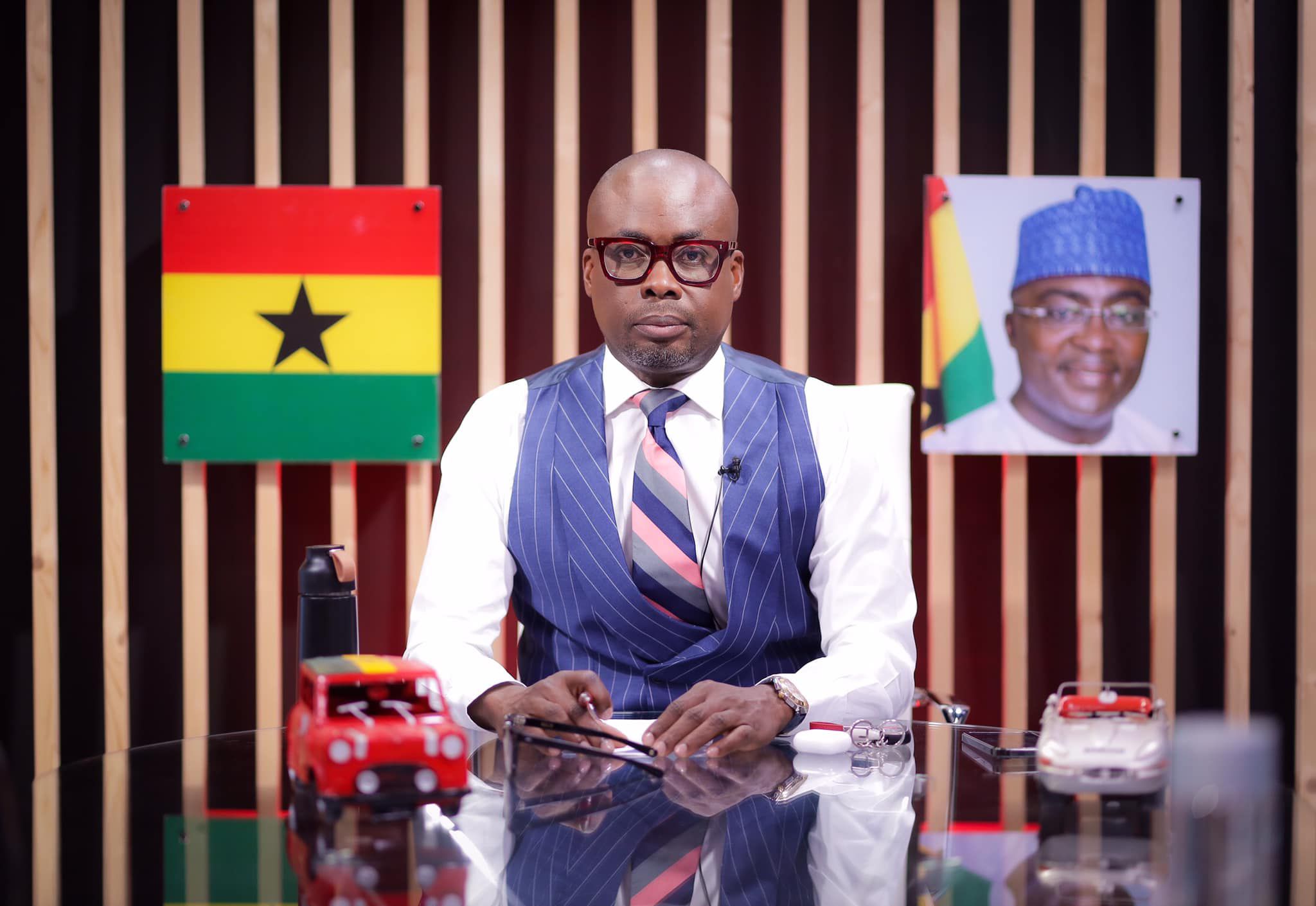


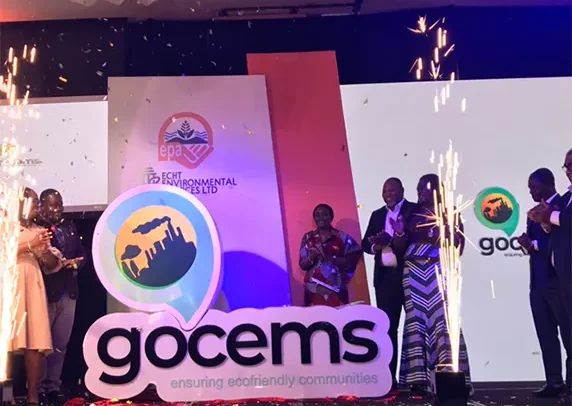




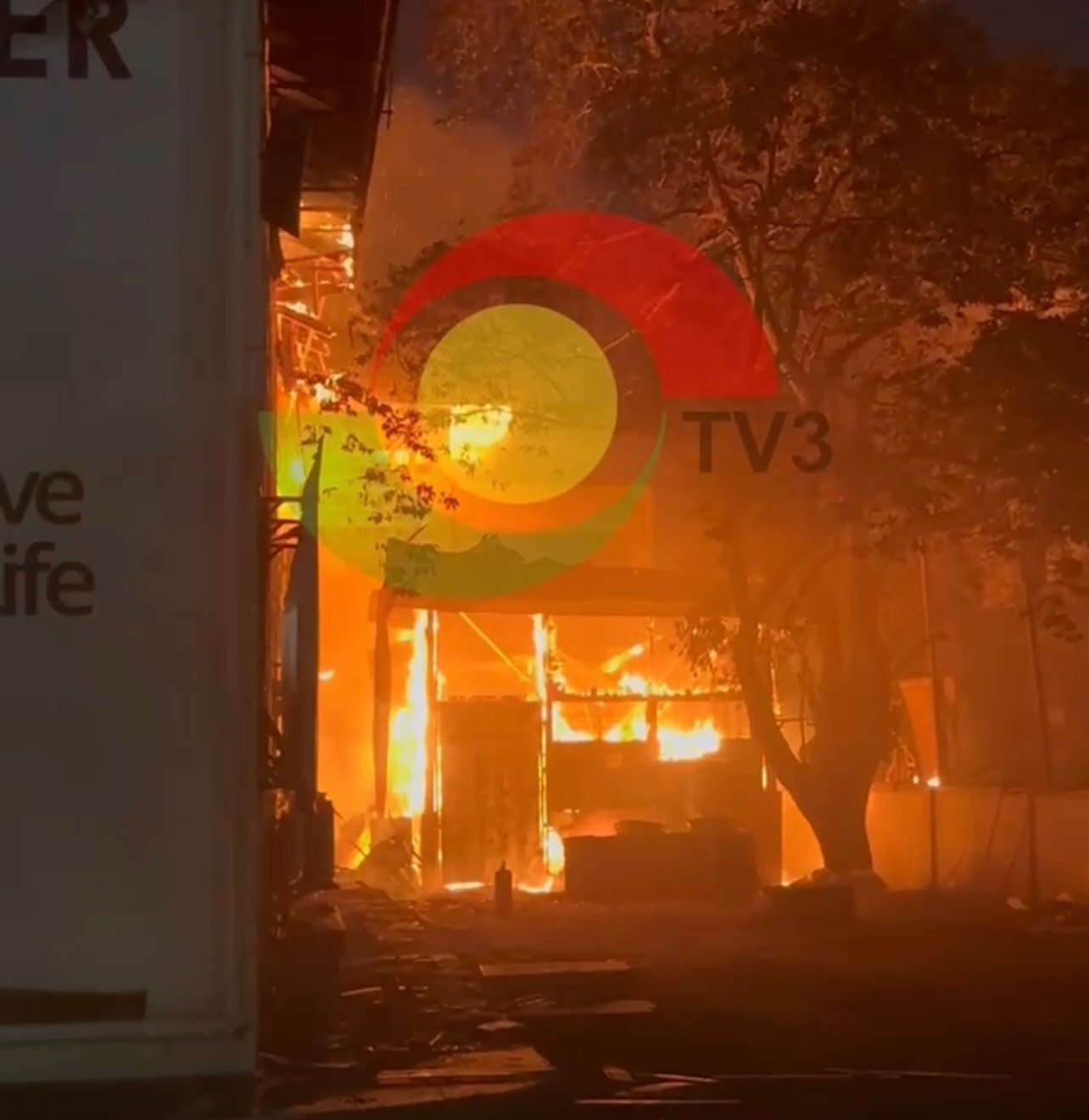
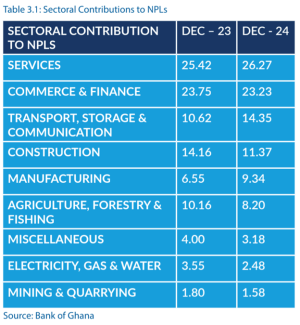
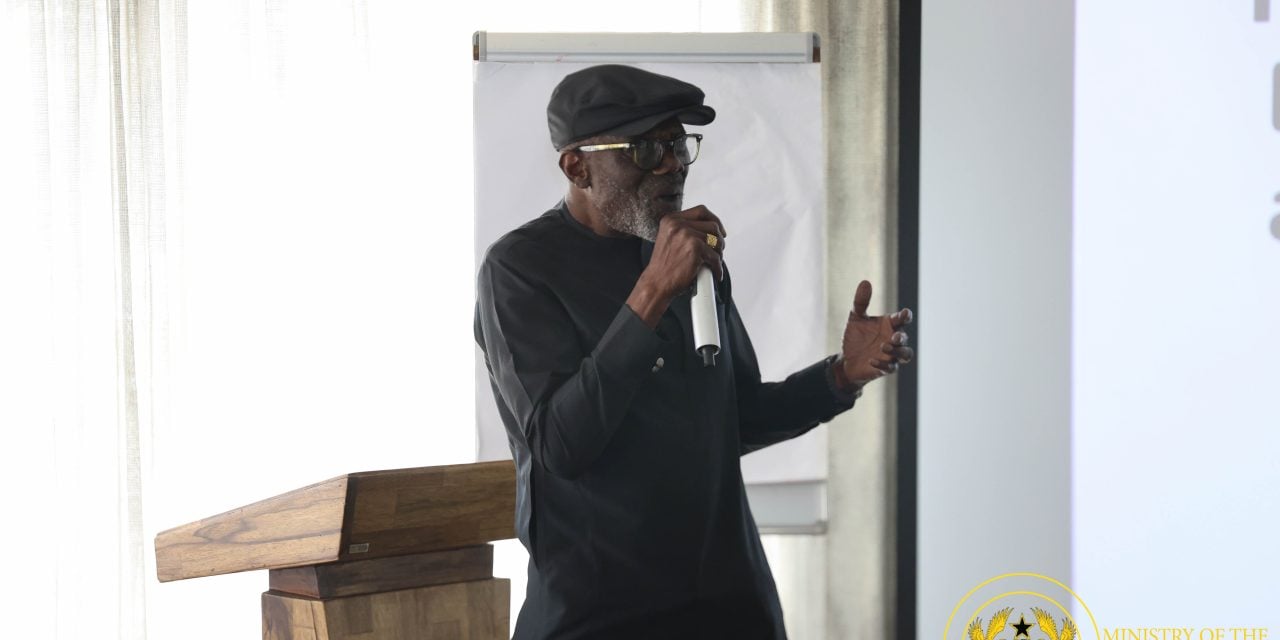
Facebook
Twitter
Pinterest
Instagram
Google+
YouTube
LinkedIn
RSS